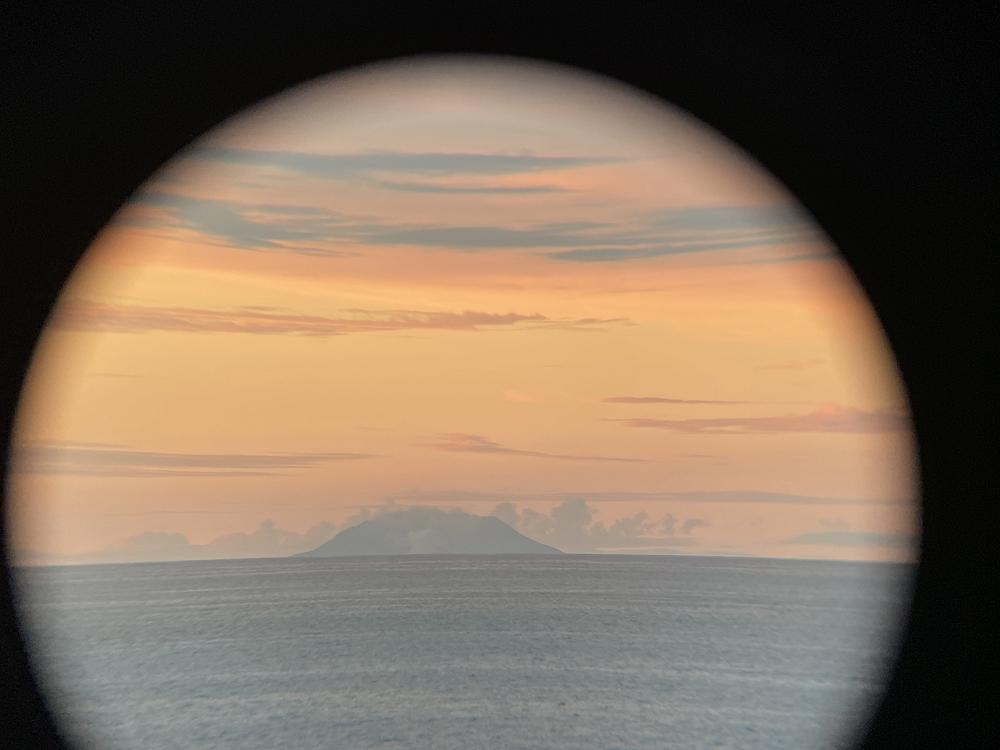
The Whakaari trial and questions we should be asking
It has been almost four years since Whakaari erupted and claimed so many lives, and irrevocably affected so many more. The judge-alone trial is currently underway for the remaining WorkSafe prosecutions, and we should take notice.
It has been seven years since the new health and safety legislation came into force.; triggered by the Pike River mine disaster, which also claimed many lives. This tragedy triggered recommendations applicable to any industry or activity, that**:
- The statutory responsibilities of directors (parish councils, board or trust members) for health and safety in the workplace (or sphere of influence) should be reviewed to better reflect their governance responsibilities.
- Directors (parish councils, board or trust members) should rigorously review and monitor their organisation’s compliance with health and safety law and best practice.
- Current regulations imposing general health and safety duties on the management organisation should be extended to include detailed responsibilities for overseeing critical features of the organisation’s health and safety management systems.
What does this mean for the Church?
Simple. All our leadership teams need to:
- Reflect on their health and safety governance responsibilities
- Rigorously review and monitor their compliance with health and safety law and best practice.
- Take a detailed responsibility to oversee critical features of their health and safety management system.
So why is the Whakaari trial important now?
WorkSafe has been in place now for almost ten years. The Whakaari trial is the most significant example of WorkSafe having moved firmly away from its start point of encouragement and education and more fully into enforcement.
The Whakaari trial is testing legislation against the supply chain of everyone involved with tours and access to Whakaari when the tragedy struck, particularly around the three recommendations I mentioned above and how the parties coordinated and communicated with each other. It will set a precedent for all future prosecutions.
So what does this mean for our Connexional Church now?
Our Connexion is made up of many supply chains. For example:
- Methodist parish to synod to Conference
- CV parish to synod/diocese/presbytery to Conference/Assembly
- Mission to mission trusts to Conference
Also, consider our preschools, camps and tenancies. If there were to be a tragedy within the Connexion, then there is a likelihood that our ‘supply chain’ will become involved, just like the Whakaari trial.
What should we be concentrating on then?
Get some relevant plans in place, make sure they are robust and review them by practising them and discussing the results. Keep the plans up to date and modify them if they are no longer fit for purpose.
I recommend starting with an Emergency Response Plan.
Contact me if you would like assistance, I am here to help.
Aroha nui ki ngā whānaunga o ngā ika a Whakaari.
E kore rātou e ngaro, ētahi kākano i ruia mai i Rangaiātea
My sympathies for the familes and friends of the Whakaari vicitms, who will never be lost for they are seeds sown from Rangaiātea, returning from whence they were sown.
Ngā mihi nui ki a koutou katoa
Nā Trudy Downes
trudyd@methodist.org.nz
027 457 4196
**These recommendations have been amended so they read more applicable to our situation. The full set of recommendations is linked below if you want to read them.
Read more on the Whakaari trial. 02 Aug 2023 or 11 July 2023
